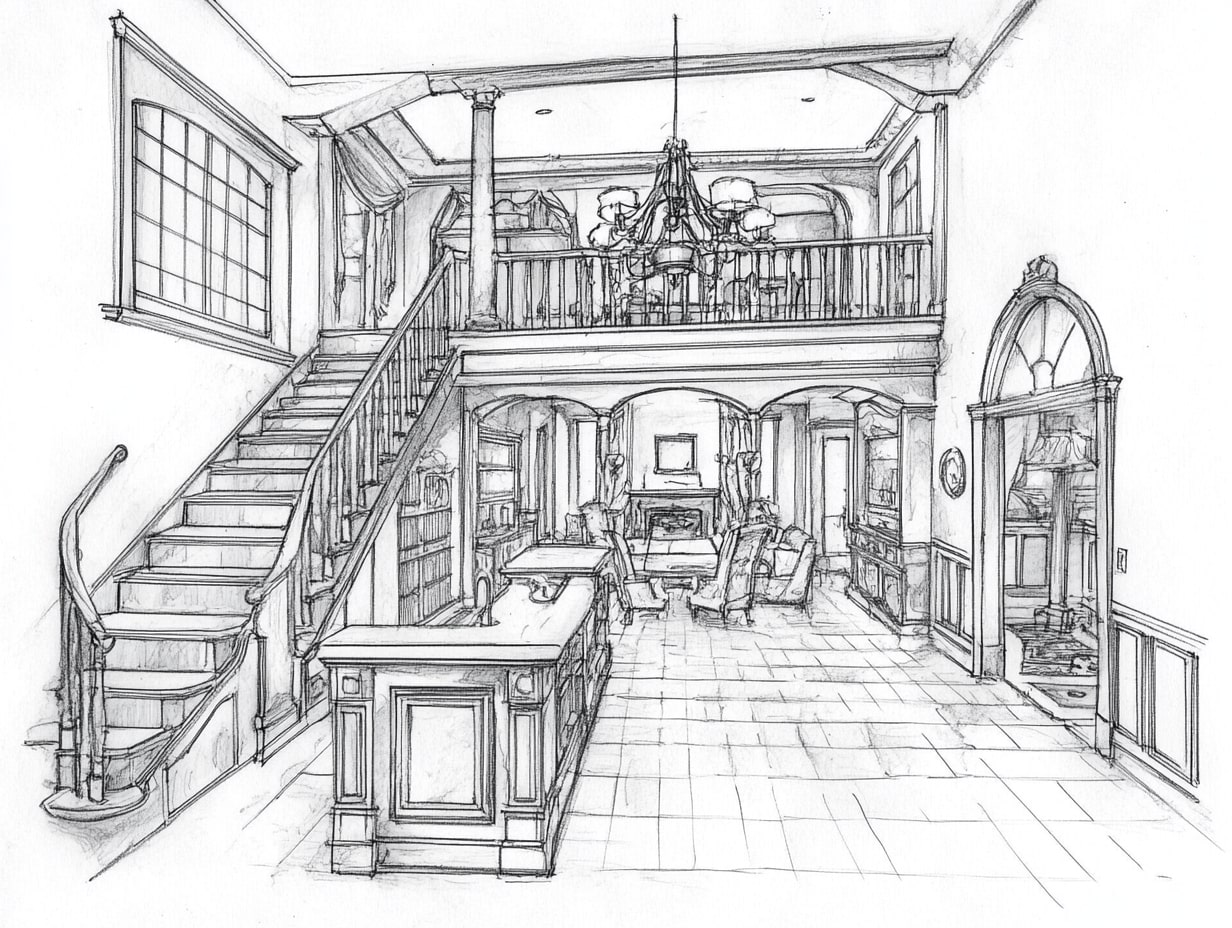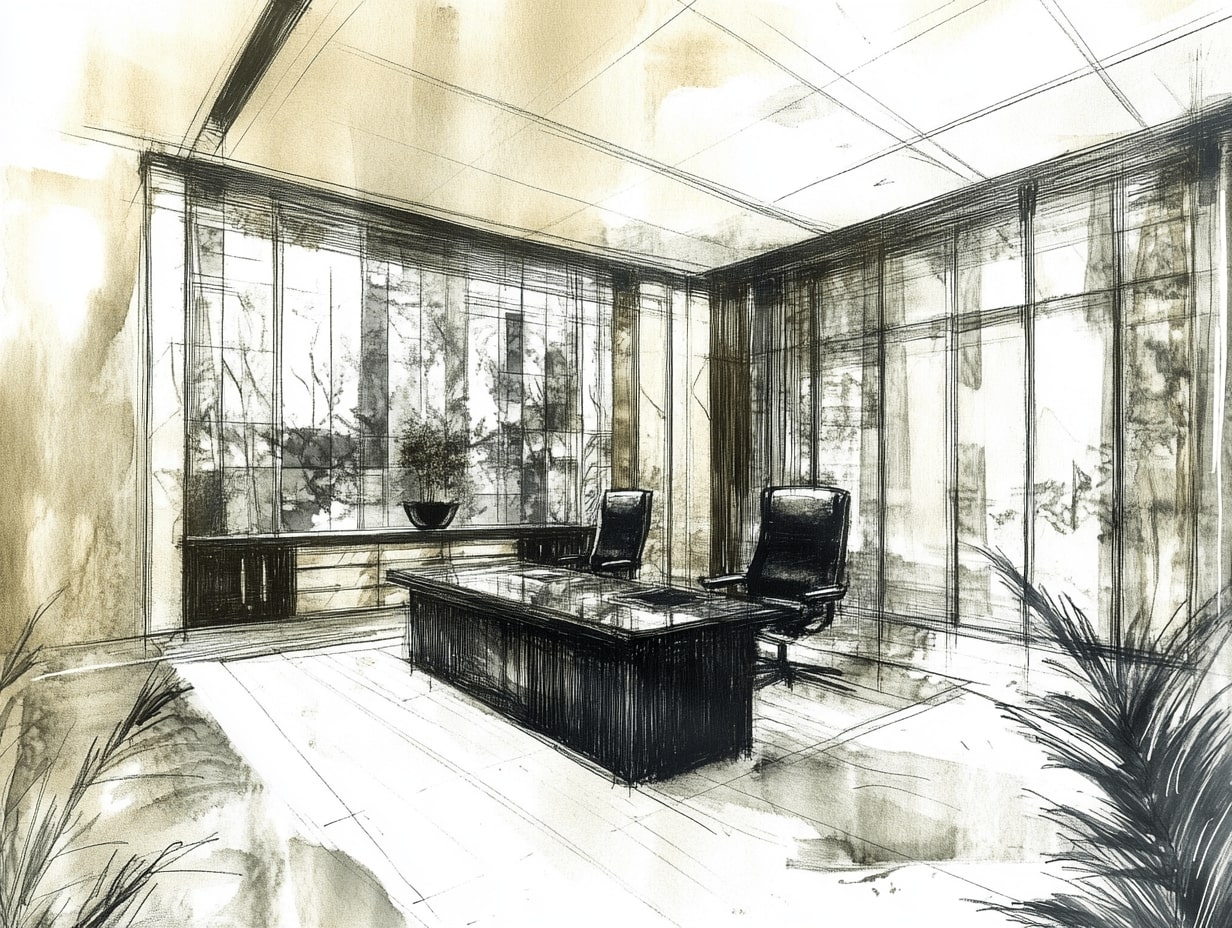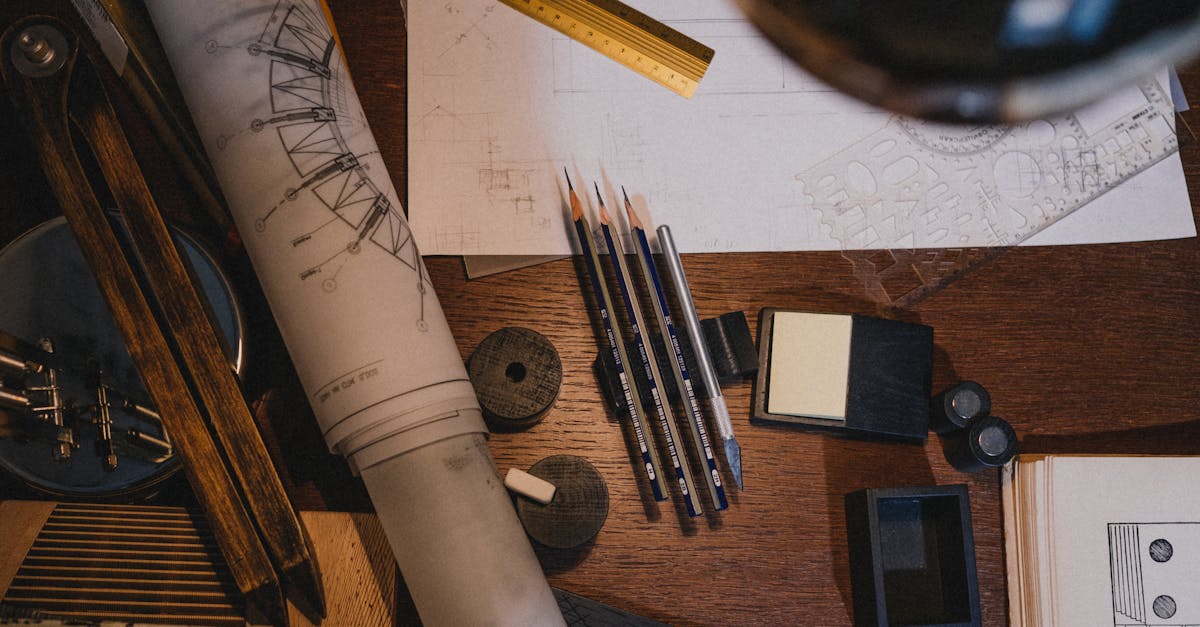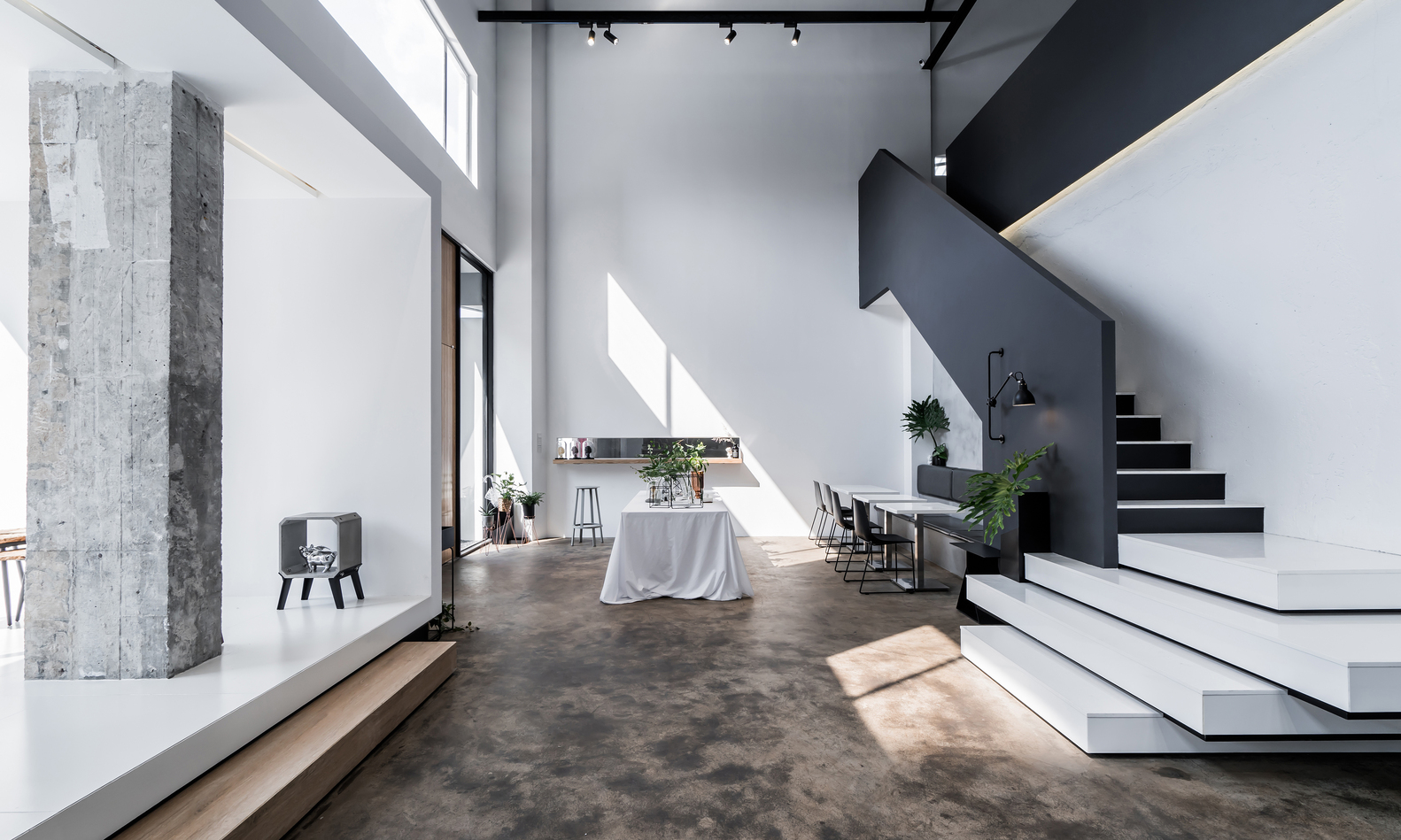In the world of interior design, the magic begins with a sketch. These initial drawings are more than just lines on paper; they’re the blueprint of our creative vision. Mastering concept development in interior design sketches is crucial for transforming abstract ideas into tangible, stunning spaces. It’s where creativity meets functionality, allowing us to explore and refine our ideas before they take physical form.
As we delve into the art of sketching, we uncover techniques that help us convey mood, texture, and spatial dynamics. A well-crafted sketch not only communicates our design intent but also serves as a powerful tool for collaboration and innovation. By honing our skills in concept development, we can push the boundaries of traditional design and bring our unique visions to life. Let’s explore how these foundational sketches can elevate our design process and lead to extraordinary interior spaces.

Understanding Concept Development
Concept development in interior design sketches transforms abstract ideas into tangible visual representations. By grasping concept development, we bridge the gap between creativity and practicality.
Definition and Importance
Concept development involves turning initial ideas into clear, structured sketches. These sketches not only communicate the overall vision but also capture theme, style, and purpose. Emphasizing its importance, concept development ensures coherent design. It aids in decision-making and collaboration by providing a visual roadmap.
Core Principles in Interior Design
The core principles of interior design guide effective concept development. Proportion and Scale: Sizes, shapes, and volumes must harmonize. Balance and Rhythm: Distribution of elements and visual flow create stability. Contrast and Unity: Varied elements add interest while maintaining cohesion. Functionality: Designs meet the practical needs of the space. These principles shape sketches, influencing how spaces evolve from concept to reality.
Tools and Techniques for Sketching
Concept development thrives on effective tools and techniques. Sketching serves as the bridge between abstract ideas and tangible design, which underscores the importance of selecting the right instruments.
Essential Drawing Tools
Using precise drawing tools elevates our sketches. Graphite pencils offer varying hardness levels, crucial for creating detailed and shaded drawings. Fine-tip pens provide clear lines, aiding in precise design elements. Sketchbooks with quality paper support diverse media without bleed-through. Rulers ensure precision in measurements, maintaining scale proportion. Each tool plays a distinct role in articulating our interior design visions effectively.

Steps to Master Concept Development
Mastering concept development in interior design sketches involves a structured approach. By following specific steps, we transform raw ideas into cohesive design visions.
Research and Inspiration
Research forms the backbone of effective concept development. We gather insights on current design trends, historical influences, and client preferences. While exploring various sources like design magazines and online platforms, we collect visual inspiration. Mood boards help us organize these visuals, allowing themes and ideas to emerge, which act as a foundation for our sketches.
Common Challenges and Solutions
In concept development for interior design sketches, we often encounter several challenges. By identifying these common issues and applying effective solutions, we can enhance our design processes and outcomes.
Balancing Aesthetics and Functionality
Combining beauty with practicality often poses a challenge in interior design. We sometimes focus too heavily on either aesthetics or functionality, neglecting the other. To address this, we prioritize identifying the core purpose of the space. For instance, in a living room meant for relaxation and entertainment, we choose comfort-driven yet stylish elements. Incorporating adaptable furniture designs helps balance the visual appeal with usability, ensuring the space serves its intended function without sacrificing style.

Tips from Professional Interior Designers
Professional interior designers emphasize the importance of cultivating effective sketching habits as the foundation of successful concept development in interior design.
Effective Sketching Habits
Establishing disciplined sketching routines enhances our ability to convey design ideas clearly. Beginning with quick, rough sketches, we capture initial concepts without overthinking details. These sketches become a platform for exploring various design elements like color, proportion, and texture. Allocating daily time for sketching not only hones our skills but also keeps our creativity flowing. We also integrate technology by using digital sketching tools, which offer flexibility in experimenting with different styles and methods. These habits ultimately strengthen our design process, providing a solid base for advanced concept development.

Conclusion
Mastering concept development in interior design sketches is vital for translating vision into reality. Our approach emphasizes structured transformation from initial ideas to clear design representations. We prioritize research, using mood boards and drawing inspiration from varied sources to solidify cohesive themes. Understanding the core principles, such as proportion, balance, and functionality, allows us to craft designs that seamlessly integrate aesthetics with purpose.
In employing the right tools and techniques, we reinforce the connections between abstract ideas and tangible outcomes. Professional designers’ insights extend our capabilities, encouraging disciplined habits that elevate our sketching proficiency. Collaboratively, we tackle challenges by maintaining a focus on practical and stylistic harmony, ensuring spaces that not only meet functional needs but also inspire creativity and innovation.
Our journey in mastering these skills equips us to push design frontiers, enabling unique interpretations that transform ordinary interiors into extraordinary experiences. With perseverance, continual practice, and adaptation, the potential for innovation within interior design remains abundantly within reach.








